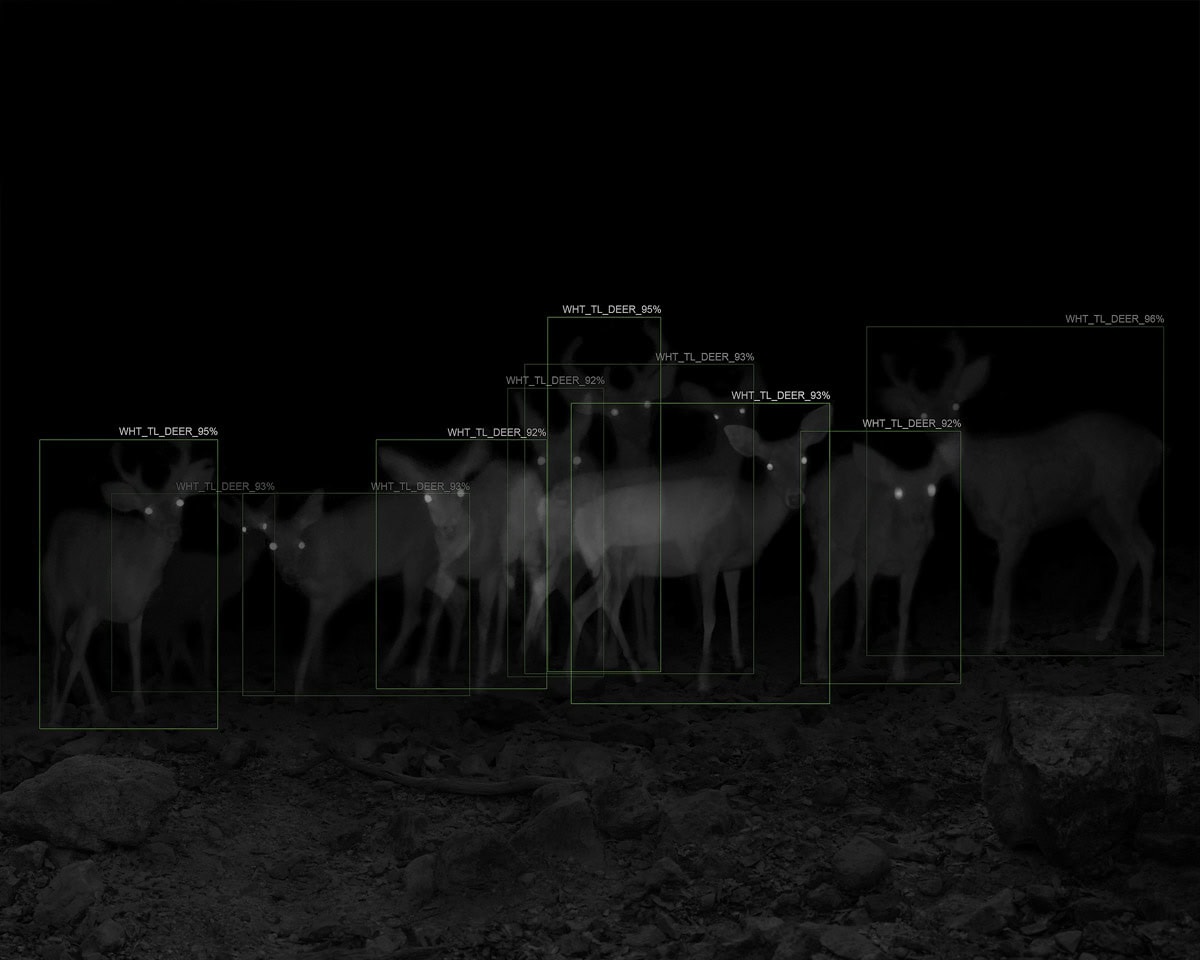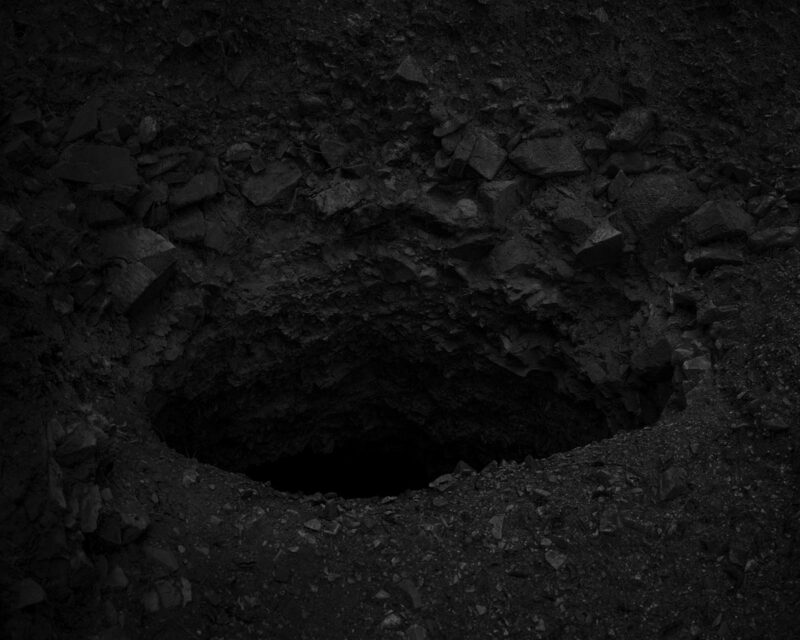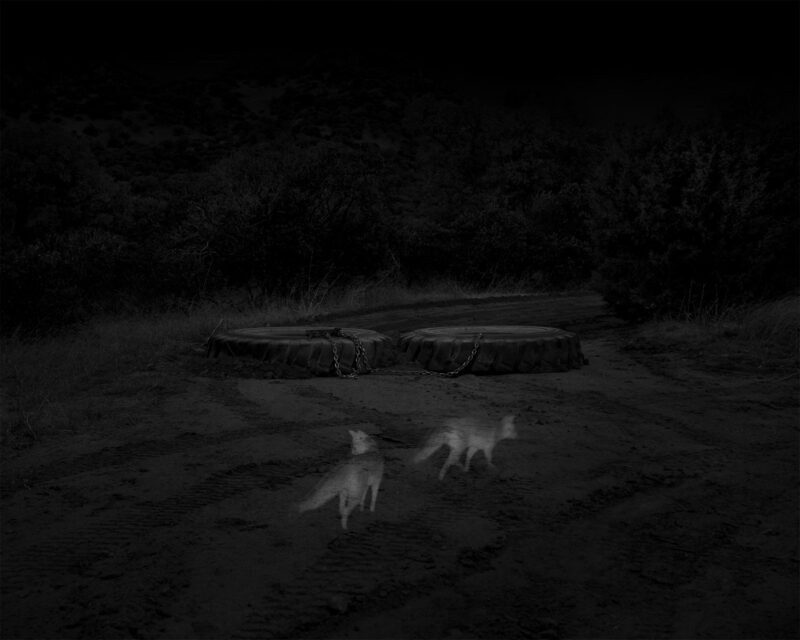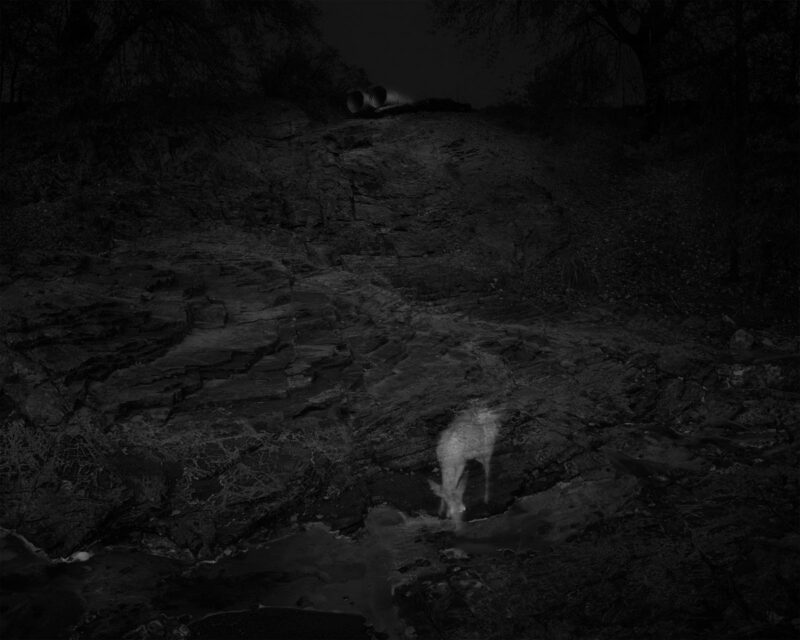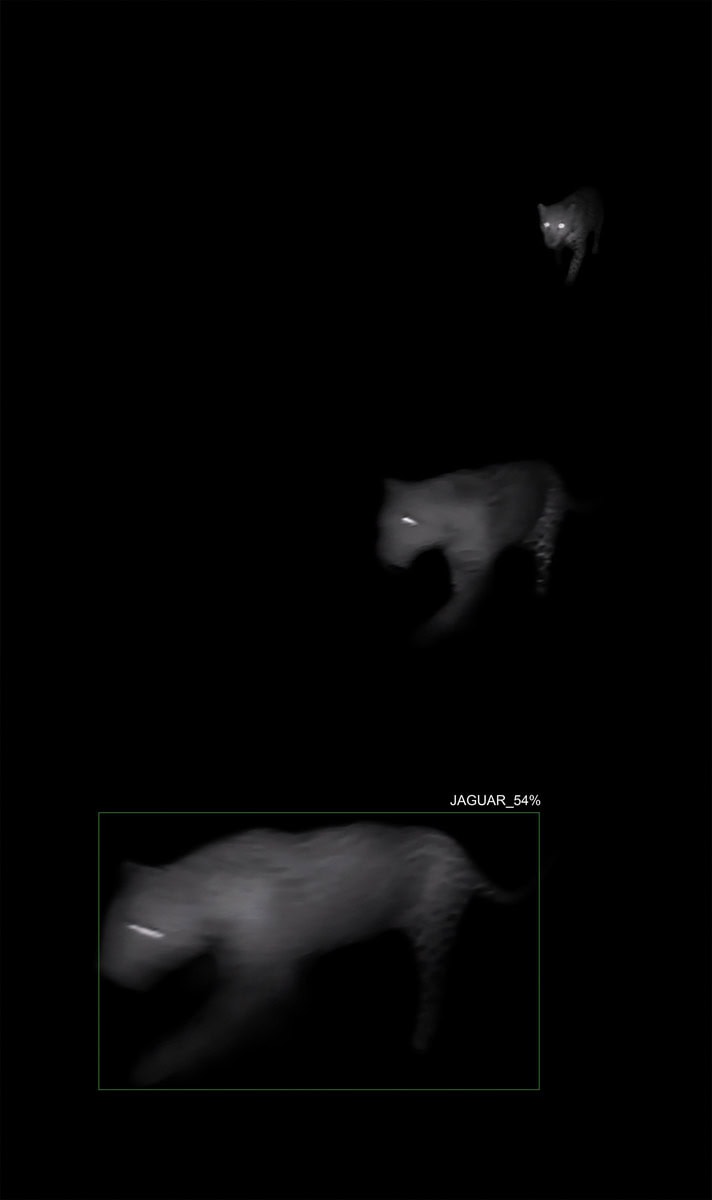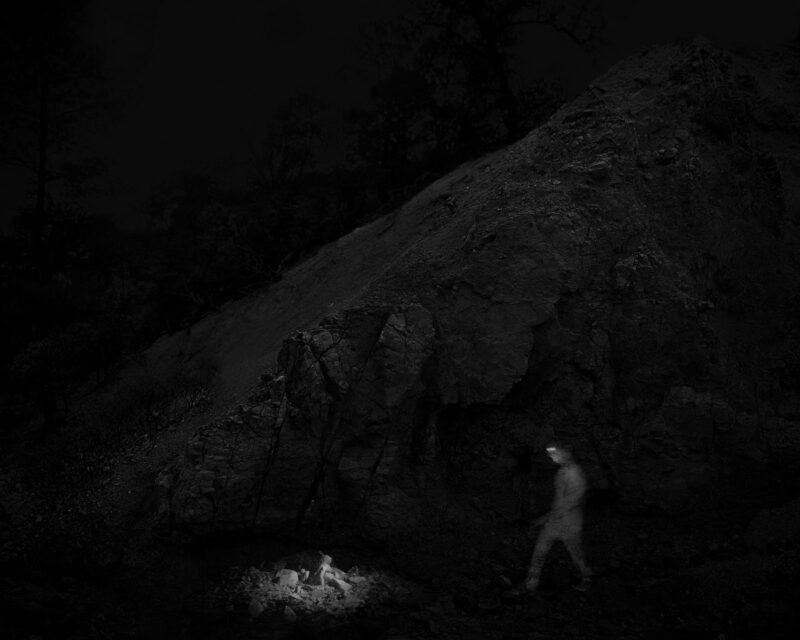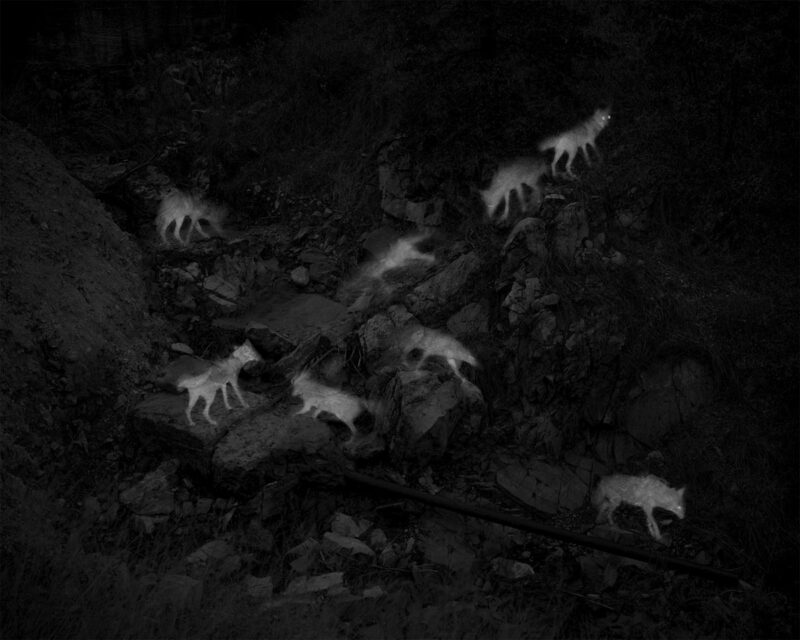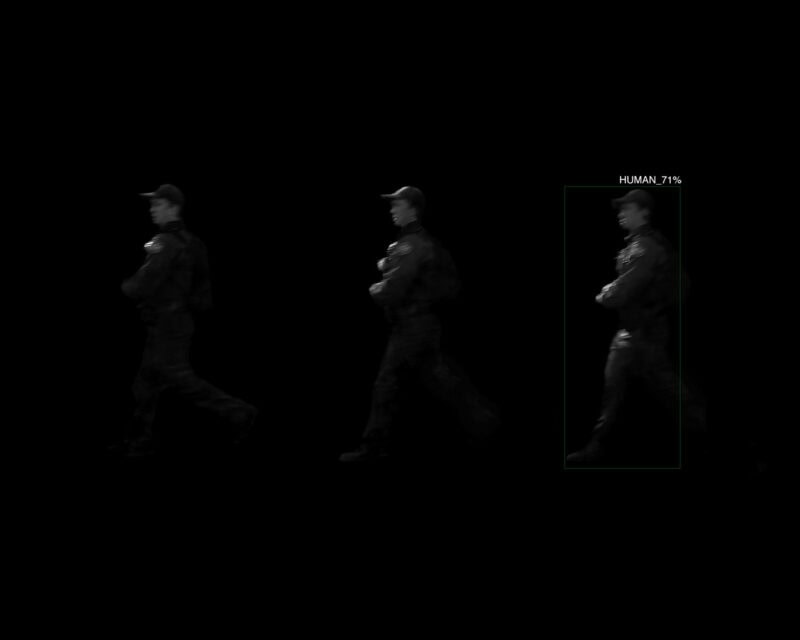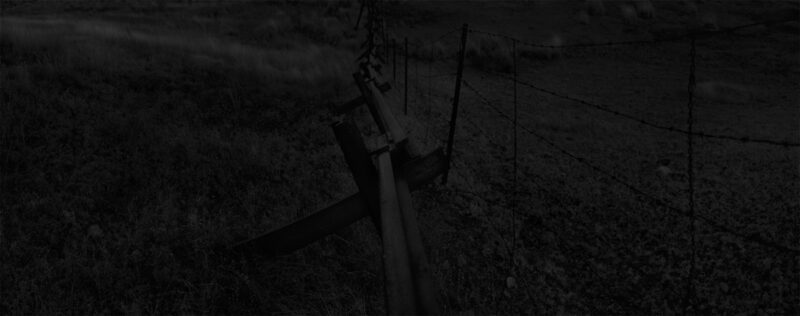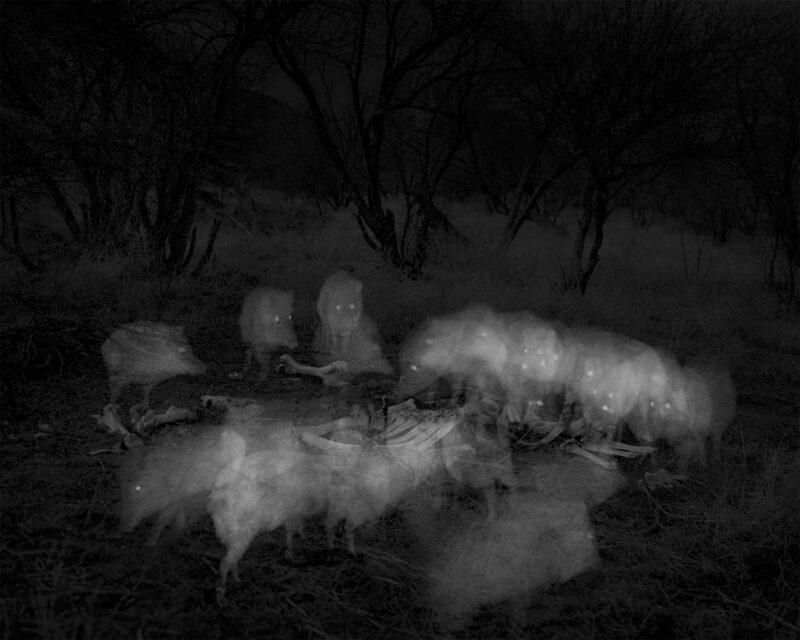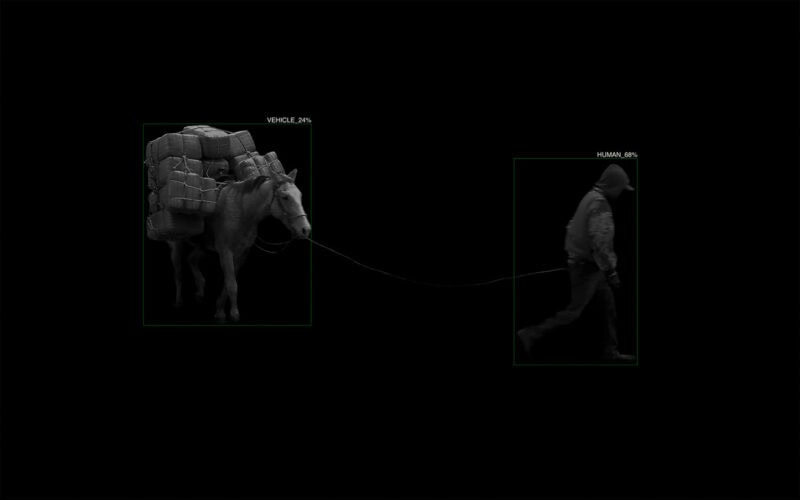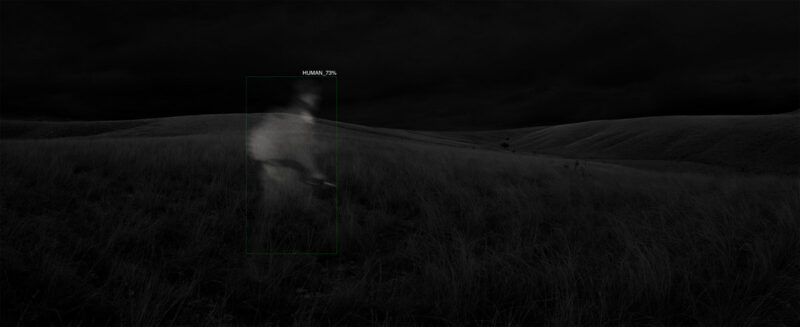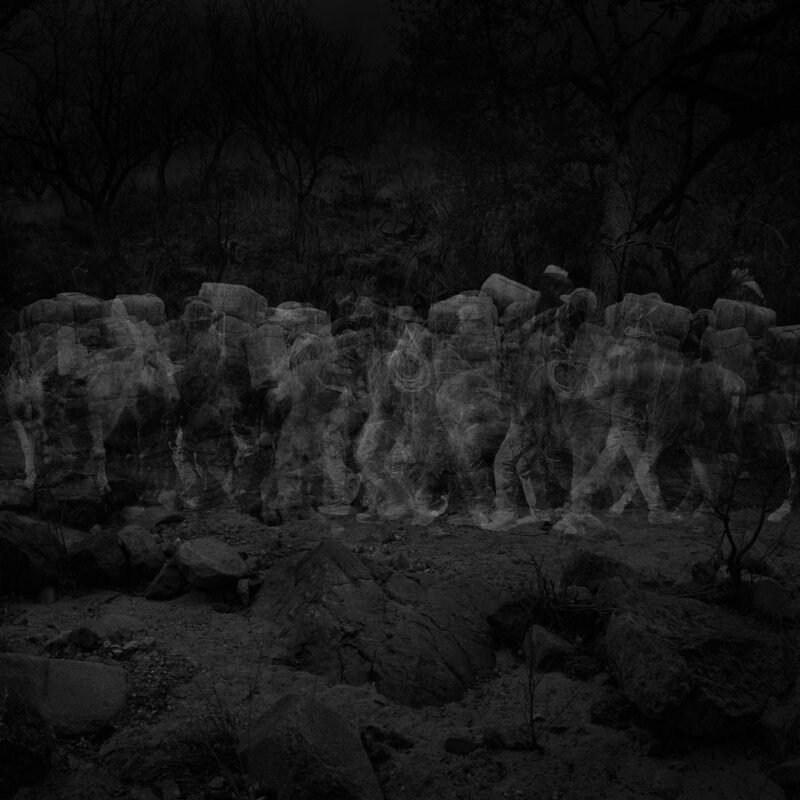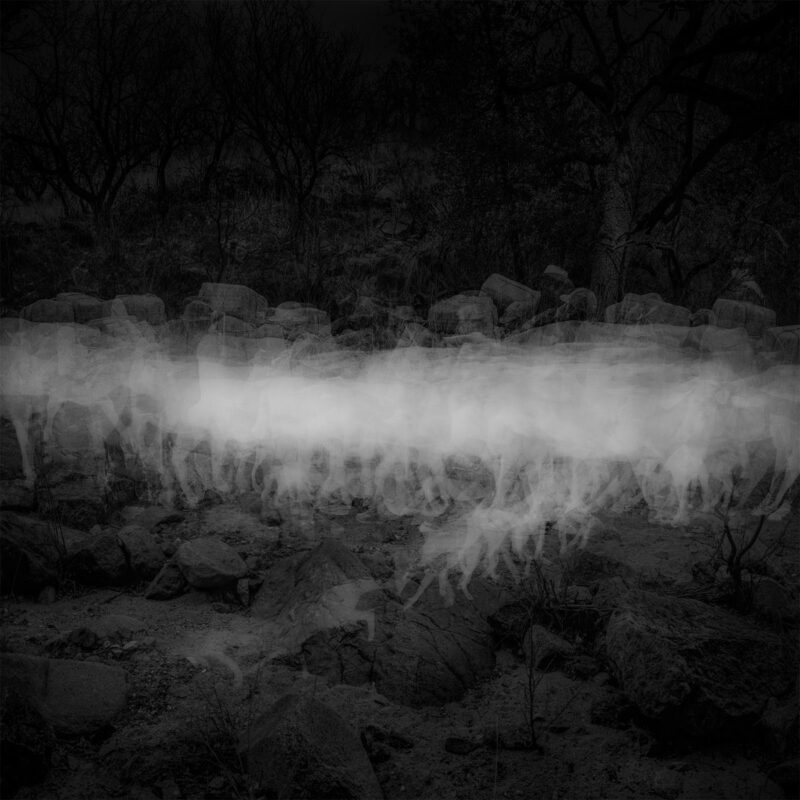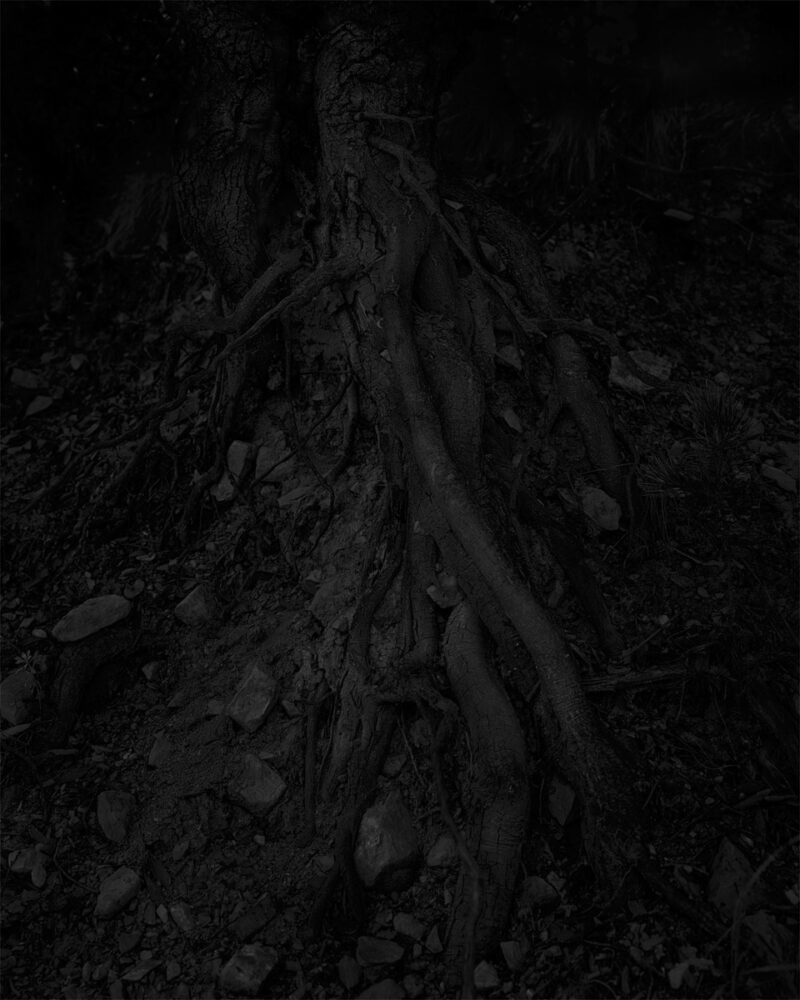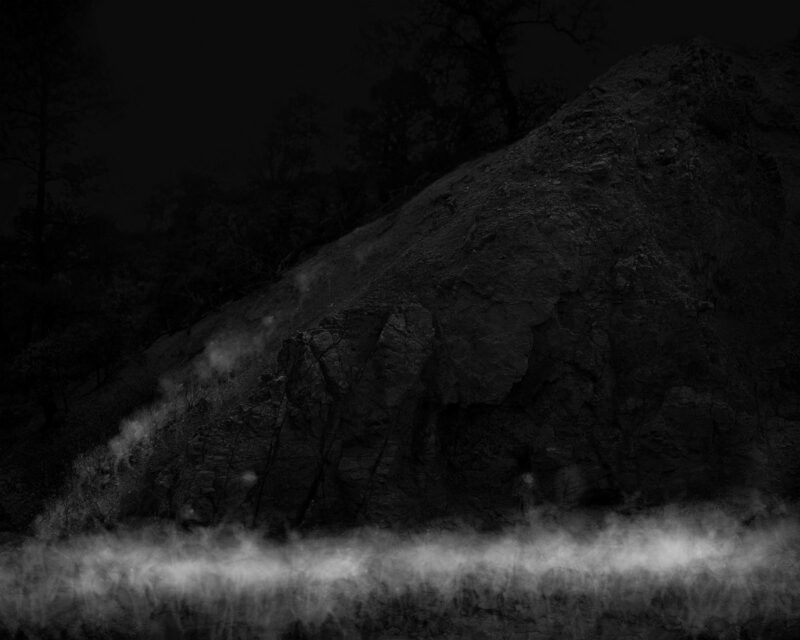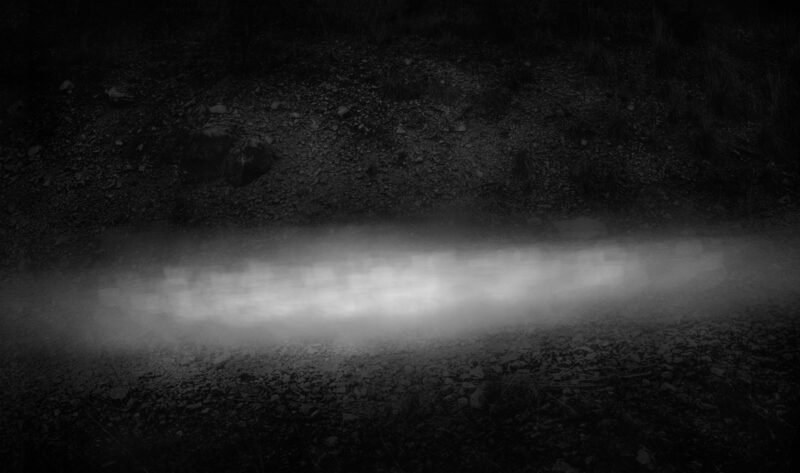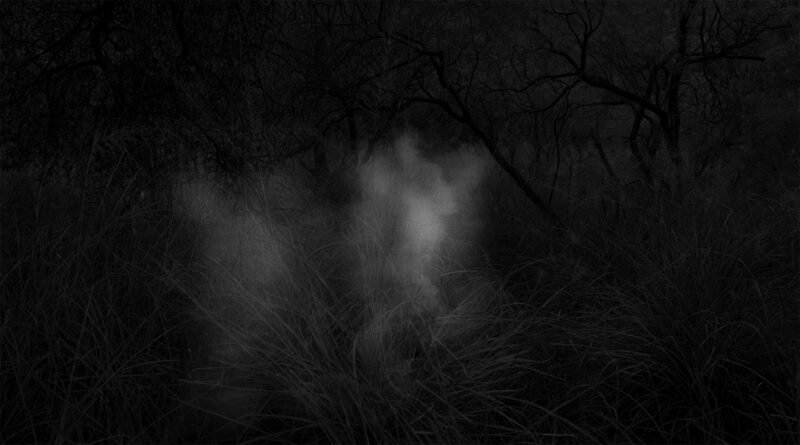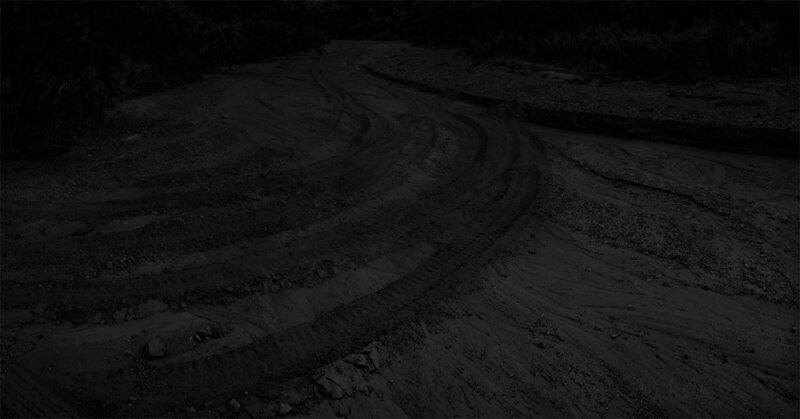This is an unpublished project premiered today on C41 Magazine.
Alex Turner was born in Chicago and explores overlapping sociopolitical and environmental concerns in the American Southwest. Combining imaging technologies with traditional photography, he highlights and questions the potential of scientific and surveillance-based tools in the context of the border landscape.
He was awarded the University of Arizona Carson Scholarship and N-Gen Sonoran Desert Researchers Grant for his research and interdisciplinary work. He received the Innovation in Imaging Award and was selected to present his work named “Blind River” at the Society of Photographic Education National Conference. He completed his MFA at the University of Arizona in 2020 and currently lives in Los Angeles, California.
About ‘Blind River’ – words by Alex Turner:
Seasonal rainfall carves washes through the borderlands of the Sonoran Desert. Rains end and water evaporates, yet these channels occupy strata both visible and invisible. Currents often rearrange themselves and flow below ground, less susceptible to the seasonal changes above. Humans and wildlife move through this region in much the same way, forming a complex network of fluctuating corridors across two countries. Political, economic, and environmental forces require them to adapt; their movements are fleeting, varied, and mostly hidden. These systems of transit are studied remotely by scientists and government agencies. Their intentions vary greatly, yet their tactics and data sets often overlap and mirror each other.
Merging imagery from their technologies with highly resolved landscape photographs, I collapse intimate and distanced depictions of the border landscape. A new, more comprehensive framework for understanding concealed movement emerges, suggesting a continuous circulation just beyond our unaided vision.
Remote-sensing and recognition applications, whether deployed for research or surveillance purposes, monitor similar spaces, capture similar footage, and analyze data using similar algorithmic tools. Their deployers observe and compile narrow information sets consistent with their motives. In many cases, human vision and recognition become secondary: the watcher (camera system) informs the identifier (software) autonomously. Despite these tools of enhanced vision, our capacity to see and understand is clouded by layers of detachment.
Does de-humanized observation generate an impassive and simplified lens through which to view this complex and contested space? Is there room for empathy in a system that promotes objectivity? I examine these concerns and encourage viewers to consider subjects and scenes beyond their assigned taxonomies and flattened narratives.
Still, the machine eye watches and collects. In the endless accumulation of footage, patterns emerge and individual moments dissolve. The current reveal our presence and our marks, either ephemeral or enduring.
